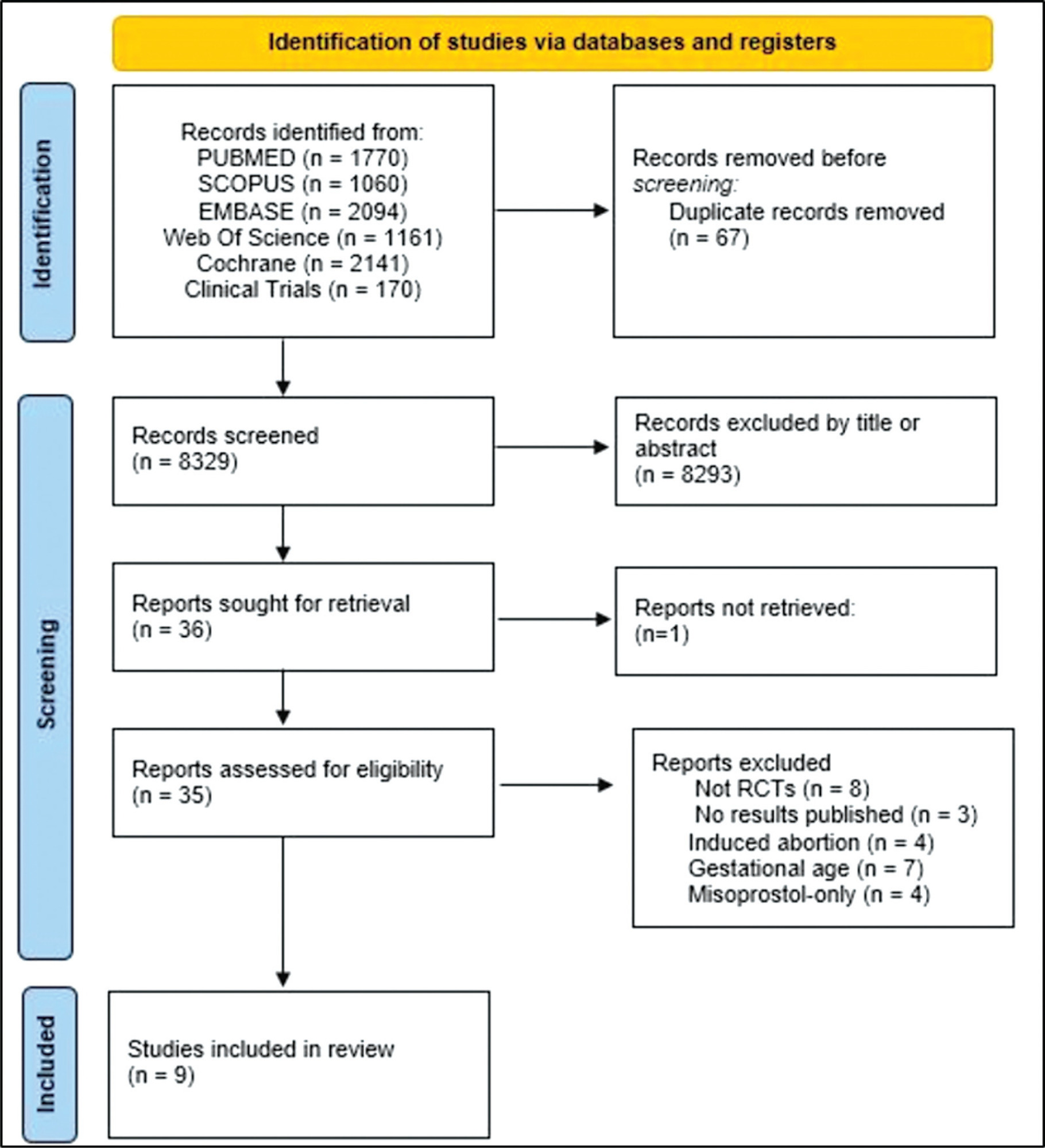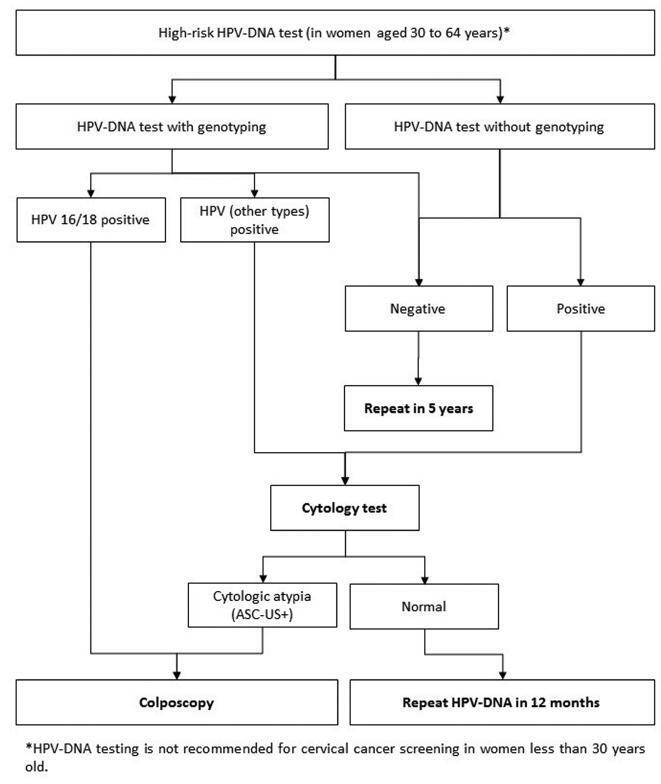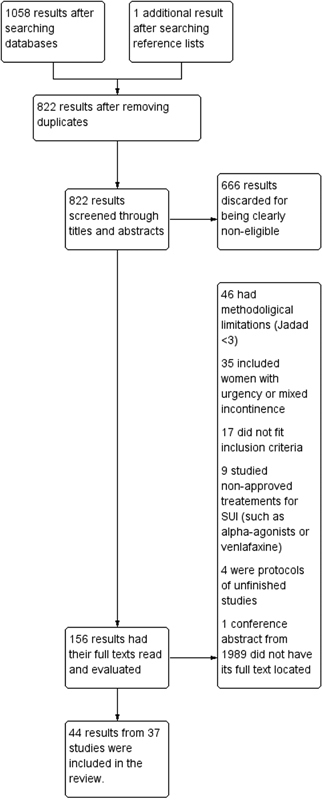-
Thesis Abstract09-02-2004
Effect of antiretroviral agents on glucide and lipid metabolism in HIV-1 infected pregnant women
Revista Brasileira de Ginecologia e Obstetrícia. 2004;26(6):497-498
Abstract
Thesis AbstractEffect of antiretroviral agents on glucide and lipid metabolism in HIV-1 infected pregnant women
Revista Brasileira de Ginecologia e Obstetrícia. 2004;26(6):497-498
-
Thesis Abstract09-02-2004
Effect of levonorgestrel-releasing intrauterine system on the reduction of CA-125 Levels in patients with endometriosis
Revista Brasileira de Ginecologia e Obstetrícia. 2004;26(6):496-496
Abstract
Thesis AbstractEffect of levonorgestrel-releasing intrauterine system on the reduction of CA-125 Levels in patients with endometriosis
Revista Brasileira de Ginecologia e Obstetrícia. 2004;26(6):496-496
-
Thesis Abstract09-02-2004
Association between viral load and T CD4 lymphocytes and cervical intraepithelial lesions in women infected with human immunodeficiency virus
Revista Brasileira de Ginecologia e Obstetrícia. 2004;26(6):495-496
Abstract
Thesis AbstractAssociation between viral load and T CD4 lymphocytes and cervical intraepithelial lesions in women infected with human immunodeficiency virus
Revista Brasileira de Ginecologia e Obstetrícia. 2004;26(6):495-496
-
Thesis Abstract09-02-2004
Development of an experimental model of endometriosis in rabbits
Revista Brasileira de Ginecologia e Obstetrícia. 2004;26(6):495-495
Abstract
Thesis AbstractDevelopment of an experimental model of endometriosis in rabbits
Revista Brasileira de Ginecologia e Obstetrícia. 2004;26(6):495-495
-
Case Report09-02-2004
Umbilical artery occlusion as a therapeutic option in pregnancy with acardiac twin
Revista Brasileira de Ginecologia e Obstetrícia. 2004;26(6):489-494
Abstract
Case ReportUmbilical artery occlusion as a therapeutic option in pregnancy with acardiac twin
Revista Brasileira de Ginecologia e Obstetrícia. 2004;26(6):489-494
DOI 10.1590/S0100-72032004000600011
Views100See moreTwin pregnancy with an acardiac twin is a rare event characterized by the presence of a placentary arterial anastomosis between the pump twin, morfologically normal, and the acardiac twin, causing a reverse circulation in one of the twins. The major complications are associated with cardiac failure in the normal twin, which is due to circulatory overload and prematurity. Many therapeutic options have been proposed, but there is no consensus about which one is the best therapy. However, intrafetal ablation of the umbilical artery of the acardiac fetus proved to be an inexpensive method that is easy to perform and highly efficient in controlling circulatory overload. We presented two cases of intra-fetal ablation and good evolution. A triplet pregnancy in which the intra-fetal ablation was done in a 29-week-old fetus that evolved to premature delivery of a healthy baby, and a twin pregnancy in which intra-fetal ablation was done in a 31-week-old fetus that evolved to premature rupture of membranes and the premature delivery of a healthy baby.
-
Original Article09-02-2004
The changing clinical presentation of molar pregnancy
Revista Brasileira de Ginecologia e Obstetrícia. 2004;26(6):483-488
Abstract
Original ArticleThe changing clinical presentation of molar pregnancy
Revista Brasileira de Ginecologia e Obstetrícia. 2004;26(6):483-488
DOI 10.1590/S0100-72032004000600010
Views95See moreOBJECTIVE: to determine whether the clinical presentation of hydatidiform mole has changed in the recent years (1992-1998) when compared with historic controls (1960-1981). METHODS: medical records of 80 patients with hydatidiform mole attended in the 1960-1981 period (Group I) were reviewed and compared to data from 801 patients followed in the 1992-1998 period (Group II). The clinical signals and symptoms analyzed were: age distribution, number of pregnancies, vaginal bleeding, hyperemesis, edema, hypertension, large uterus for gestation date and theca lutein cysts of the ovaries. Statistical analyses employed chi-square tests and odds ratio (OR) estimate with the confidence interval (CI) of 95%. RESULTS: concerning age, the disease occurred more frequently in group II than in group I, in patients under 15 and over 40 years old. As to the number of pregnancies, there was no statistical difference only in those patients who were in their third or fourth pregnancies. Arterial hypertension was the only symptom that occurred with similar frequency in both groups. Enlarged uterus was more frequent in group II (41.4 X 31.2% – p <0.05; OR: 1.5; IC: 1.0-2.3). Bleeding remained the most common symptom, occurring in 76.9% of patients (Group II), although it has occurred in 98.7% of the historic controls (p<0.05; OR: 0.04; IC: 0.03 0.04). The following symptoms were also less frequent in group II as compared to group I: hyperemesis (36.5% X 45% - p<0.05; OR: 0.7; IC: 0.4 0.9), edema (12.7% X 20% - p<0.05, OR: 0.5, IC: 0.3 0.8), enlarged uterus for gestational age (41.4% x 31.2% - p<0.05; OR: 1.5; IC: 1.0 2.3) and theca lutein cysts (16.4% X 41.2% - p<0.05; OR: 0.3; IC: 0.2 0.4). Ultrasound has become the commonest method of diagnosis (89.2% - p<0.05), allowing early detection of hydatidiform moles. CONCLUSION: there was a decrease of the traditional symptoms in current patients with hydatidiform mole as compared to historic controls, due to early diagnosis through ultrasonography.
-
Original Article09-02-2004
Neonatal morbity and mortality related to pregnant women at the age of 35 and older, according to parity
Revista Brasileira de Ginecologia e Obstetrícia. 2004;26(6):477-482
Abstract
Original ArticleNeonatal morbity and mortality related to pregnant women at the age of 35 and older, according to parity
Revista Brasileira de Ginecologia e Obstetrícia. 2004;26(6):477-482
DOI 10.1590/S0100-72032004000600009
Views132See moreOBJECTIVE: to evaluate the neonatal morbidity and mortality related to mothers at the age of 35 or older than that. METHODS: in 2377 births in a year, 316 newborns (13.26%) from mothers at the age of 35 or more were selected for the study. These women were compared to pregnant controls aged 20 to 29, randomly selected among the 1170 women in the same age group (49,2%). For the inclusion criteria, pregnancies should have been over 22 weeks and the newborns should have weighted 500g or more at birth. Fourteen twin cases were excluded. To evaluate mortality and morbidity the following variables were considered: Apgar Index, birth weight, newborn health conditions, fetal malformations and neonatal mortality until hospital discharge. RESULTS: when analyzed as a whole, nulliparous and multiparous women showed significantly less favorable perinatal results for the selected group of women at 35 or more years old as compared with pregnant controls, what was not sustained when the nulliparous were excluded. Multiparous at the age of 35 or over presented a higher rate of low Apgar index in the 1st minute: 21.3 and 13.1%: (p<0,0033); small NB for the gestational age: 15.2% and 6.7% (p<0,02); big NB for the gestational age: 5.7 and 0.0% (p<0,02); low weight at birth: 23.8 and 14,5% (p<0,01), and prematurity, 16,7 and 6,7%, (p<0,005). Significant differences were not found for the Apgar index in the 5th minute, fetal malformations, newborn health conditions at hospital discharge and neonatal mortality. CONCLUSIONS: Neonatal morbidity increased among pregnant women at the age of 35 and older, but not the neonatal mortality.
-
Original Article09-02-2004
Relationship between endometrial thickness and beta-HCG levels in the response to treatment of ectopic pregnancy with methotrexate
Revista Brasileira de Ginecologia e Obstetrícia. 2004;26(6):471-475
Abstract
Original ArticleRelationship between endometrial thickness and beta-HCG levels in the response to treatment of ectopic pregnancy with methotrexate
Revista Brasileira de Ginecologia e Obstetrícia. 2004;26(6):471-475
DOI 10.1590/S0100-72032004000600008
Views78See moreOBJECTIVE: to evaluate the correlation between the beta-human chorionic gonadotropin (beta-hCG) serum levels and the measurement of the endometrial thickness, in patients under treatment of ectopic pregnancy with methotrexate. METHODS: a prospective study in which the levels of beta-hCG as well as the largest measurement of the endometrial thickness on the uterine longitudinal axis through transvaginal ultrasound were evaluated at 24-48 h intervals in thirty-eight patients with hemodynamic stability, ectopic pregnancy, diameter <3.5 cm, and increased beta-hCG levels. All the patients got methotrexate in a single-dose therapy (50 mg/m² im). We compared the mean values of beta-hCG and endometrial thickness of cases that evolved successfully versus the poor responders using the Student t-test. Afterwards we analyzed the difference of the beta-hCG mean serum values related to the endometrial thickness(<10.0 mm and >10.0 mm) independently of the response to treatment employing the Student t-test. RESULTS: the mean values of beta-hCG and endometrial thickness in patients with successful treatment (28 cases) were 1936.2 mIU/ml and 6.4 mm, respectively, significanlty lower than the mean values for insuccessful cases: 6831.3 mIU/ml and 11.7 mm, respectively (p<0.05). The mean values of beta-hCG in women with endometrial thickness <10.0 mm were 2008.7 mIU/ml, significantly lower than the ones with endometrium >10.0 mm, whose mean values were 6925.9 mIU/ml (<0.05). CONCLUSIONS: the measurement of the endometrial thickness through ultrasound is under the beta-hCG serum values influence, and it showed to be a valuable additional factor to suggest medical treatment with methotrexate in the non-disrupted ectopic pregnancy.
Search
Search in:
Tag Cloud
Pregnancy (252)Breast neoplasms (104)Pregnancy complications (104)Risk factors (103)Menopause (88)Ultrasonography (83)Cesarean section (78)Prenatal care (71)Endometriosis (70)Obesity (61)Infertility (57)Quality of life (55)prenatal diagnosis (51)Women's health (48)Maternal mortality (46)Postpartum period (46)Pregnant women (45)Breast (44)Prevalence (43)Uterine cervical neoplasms (43)









